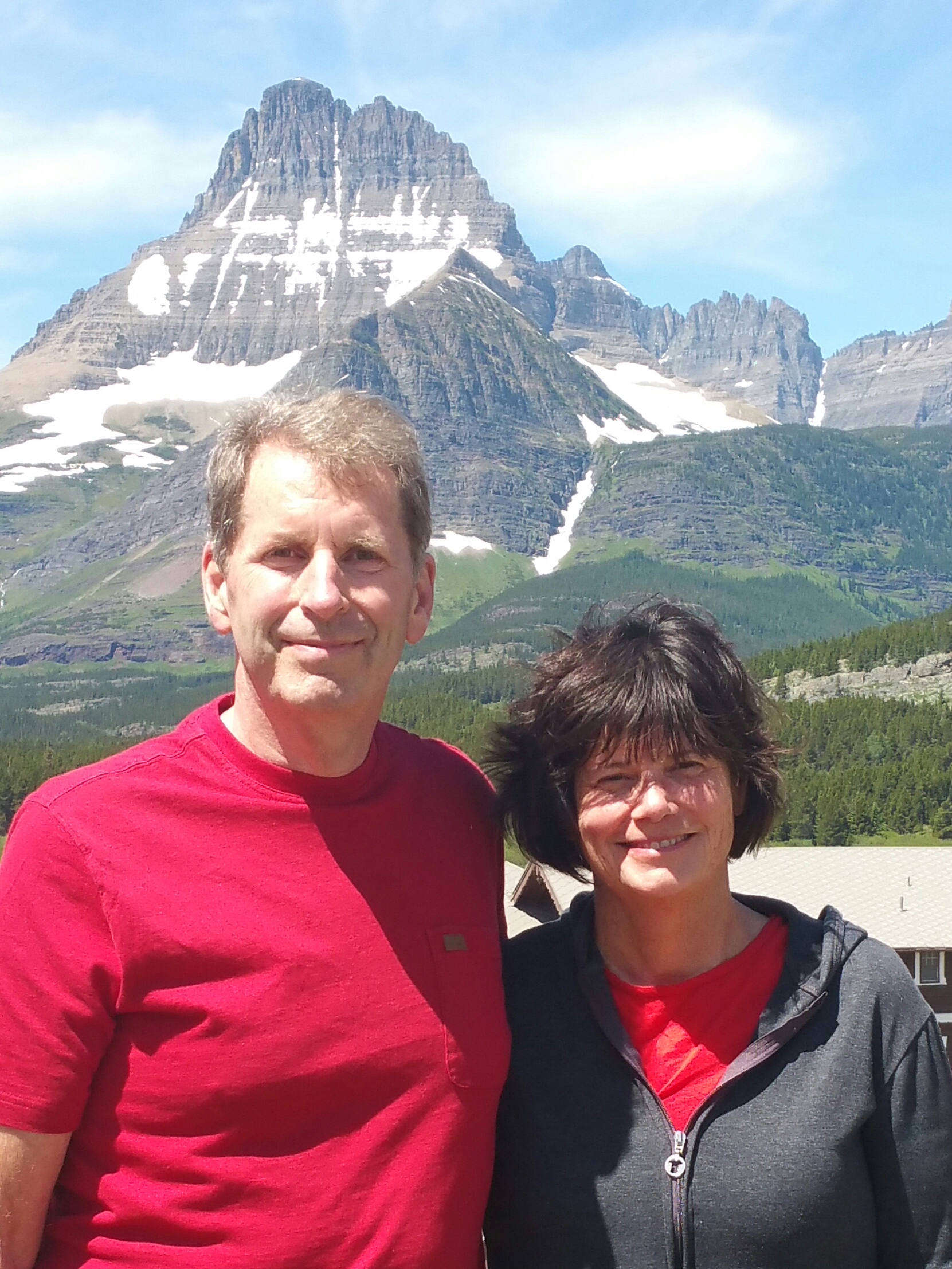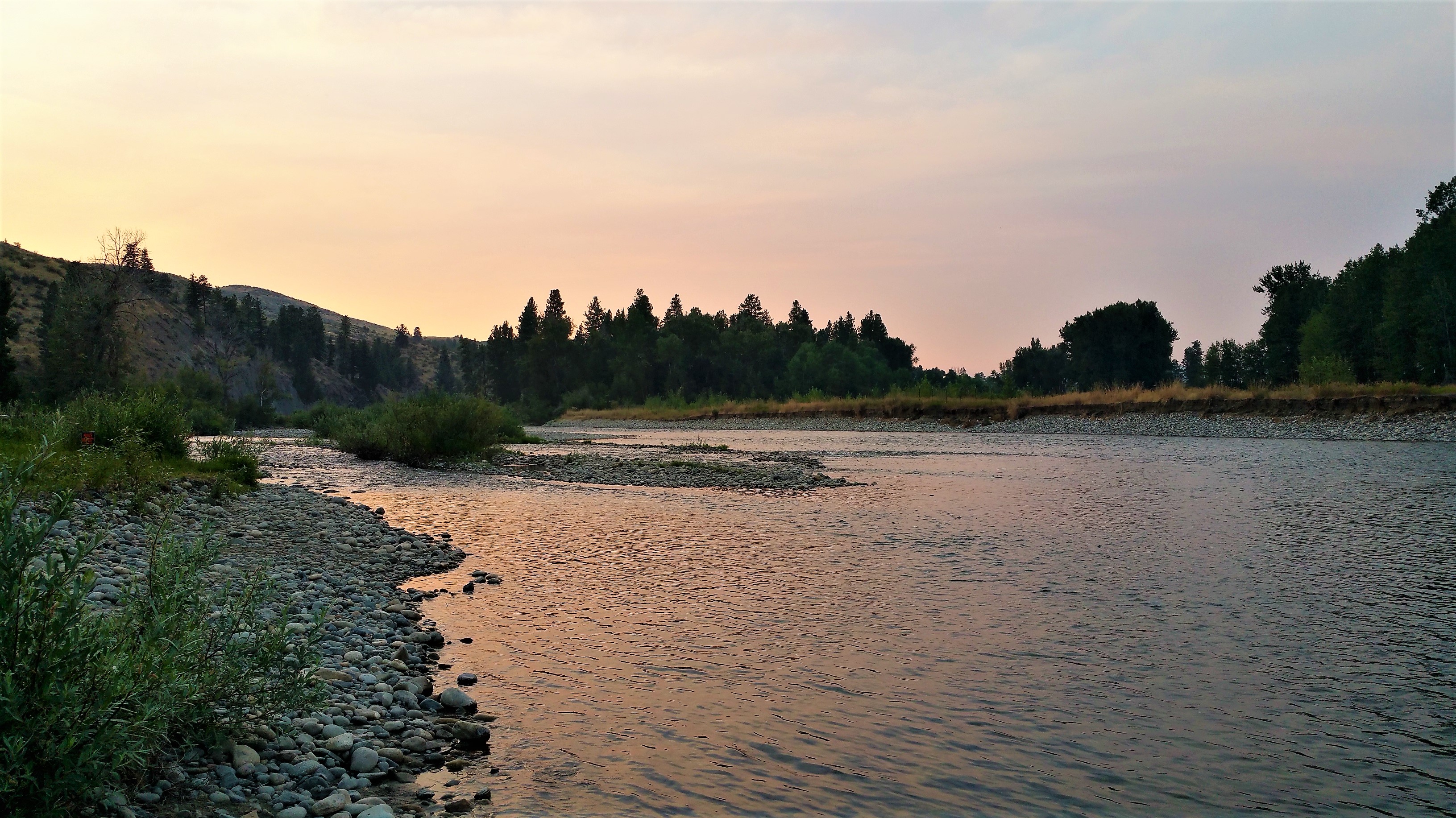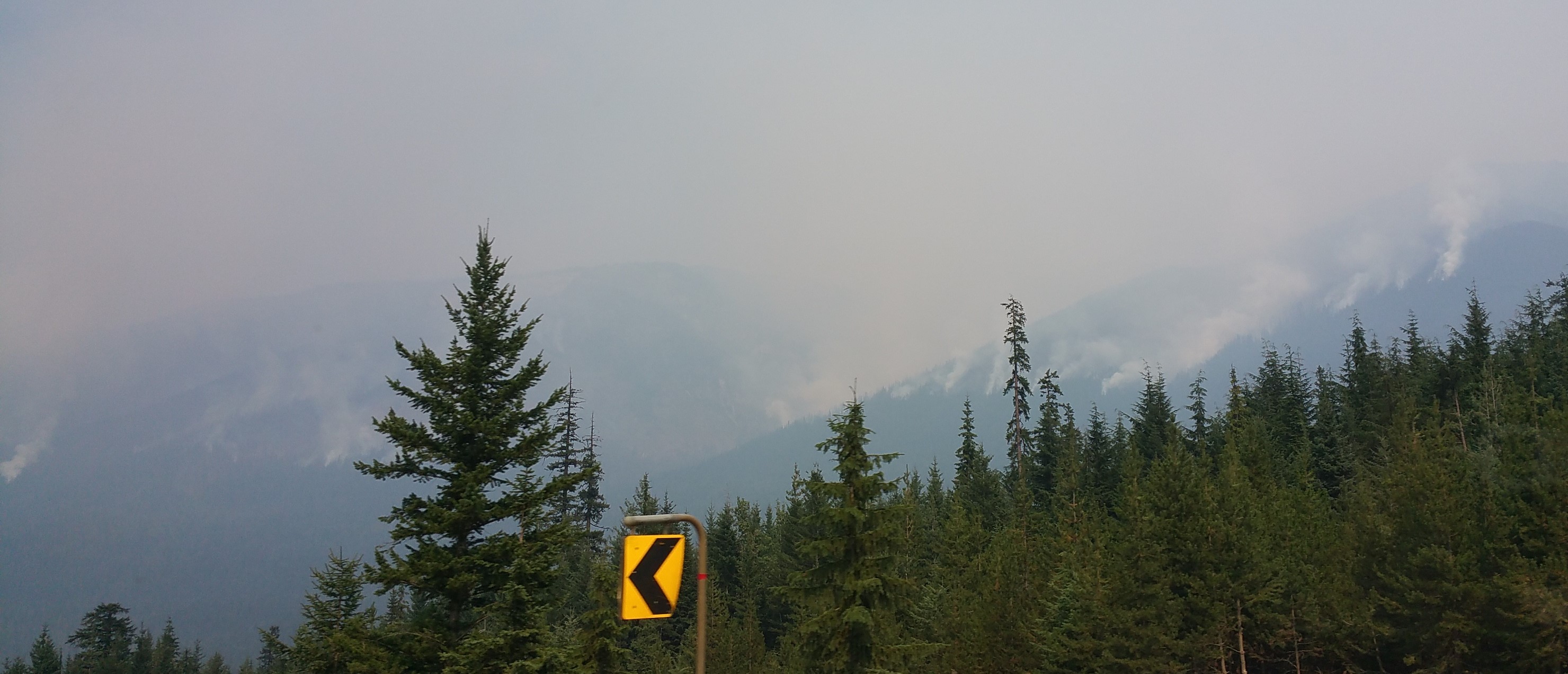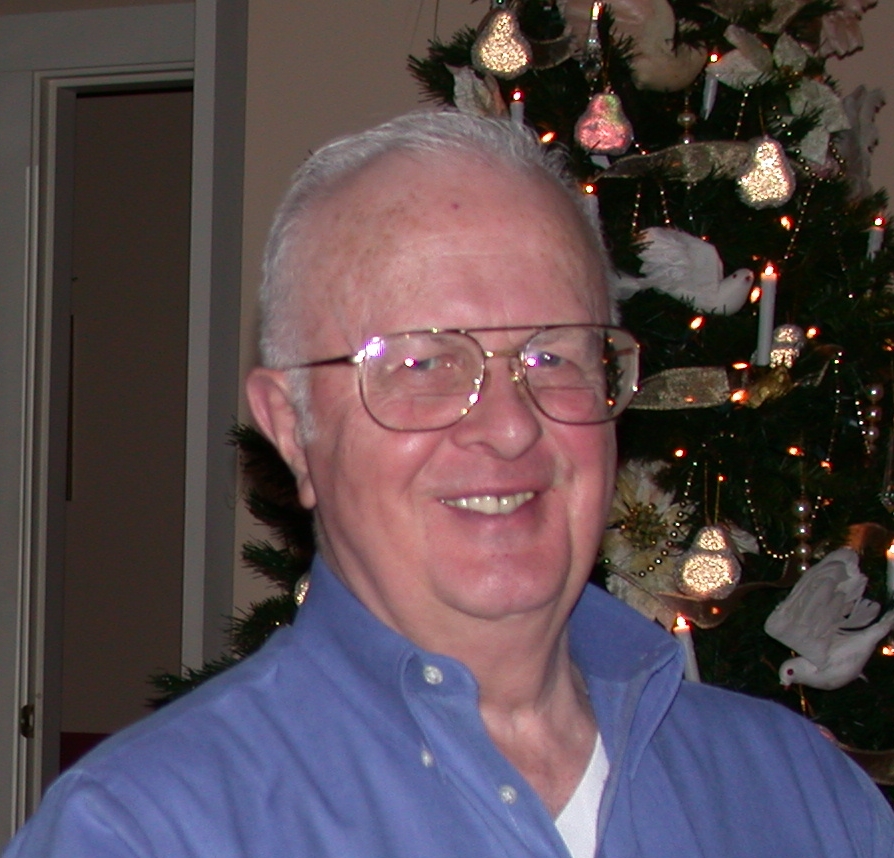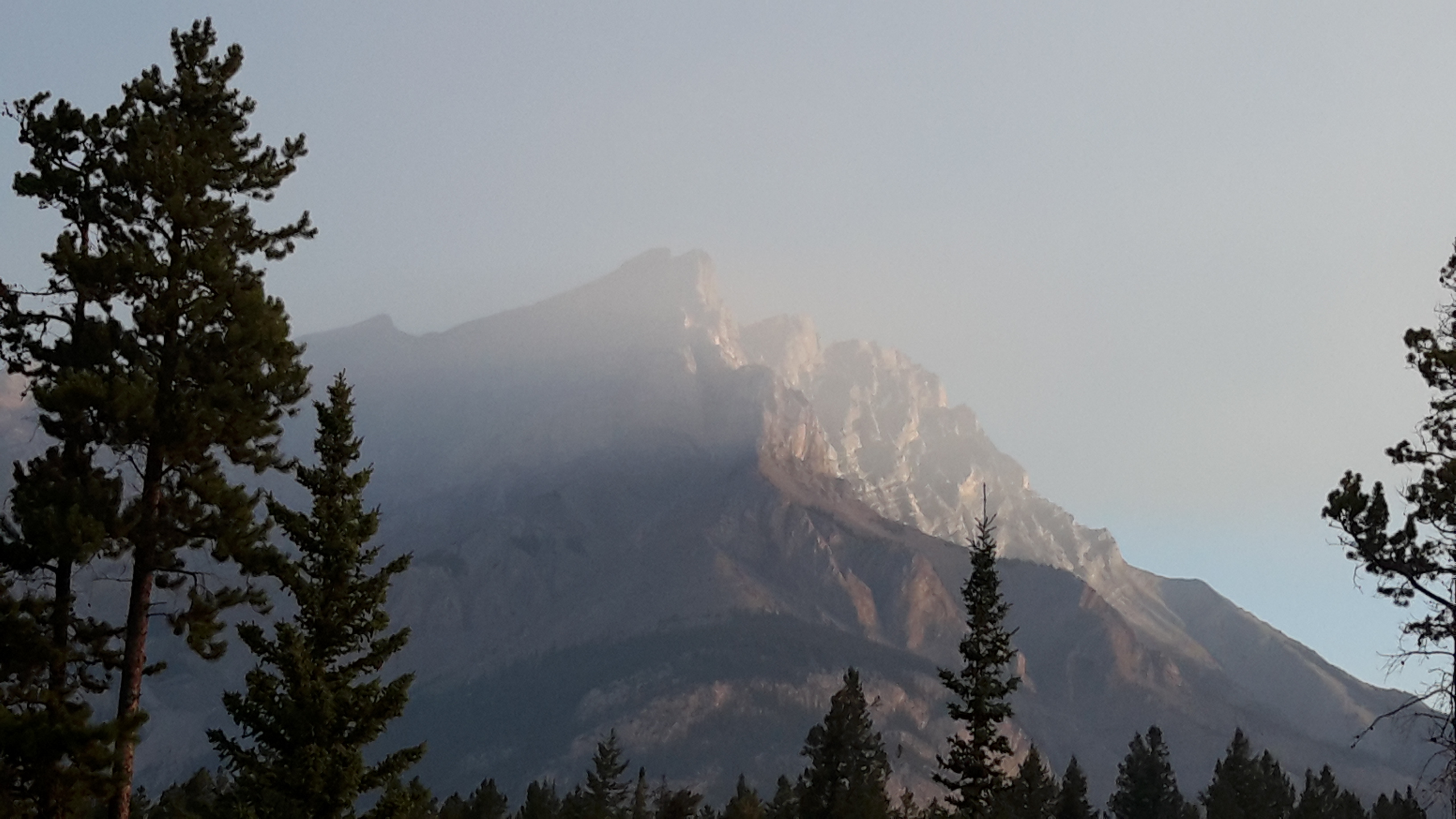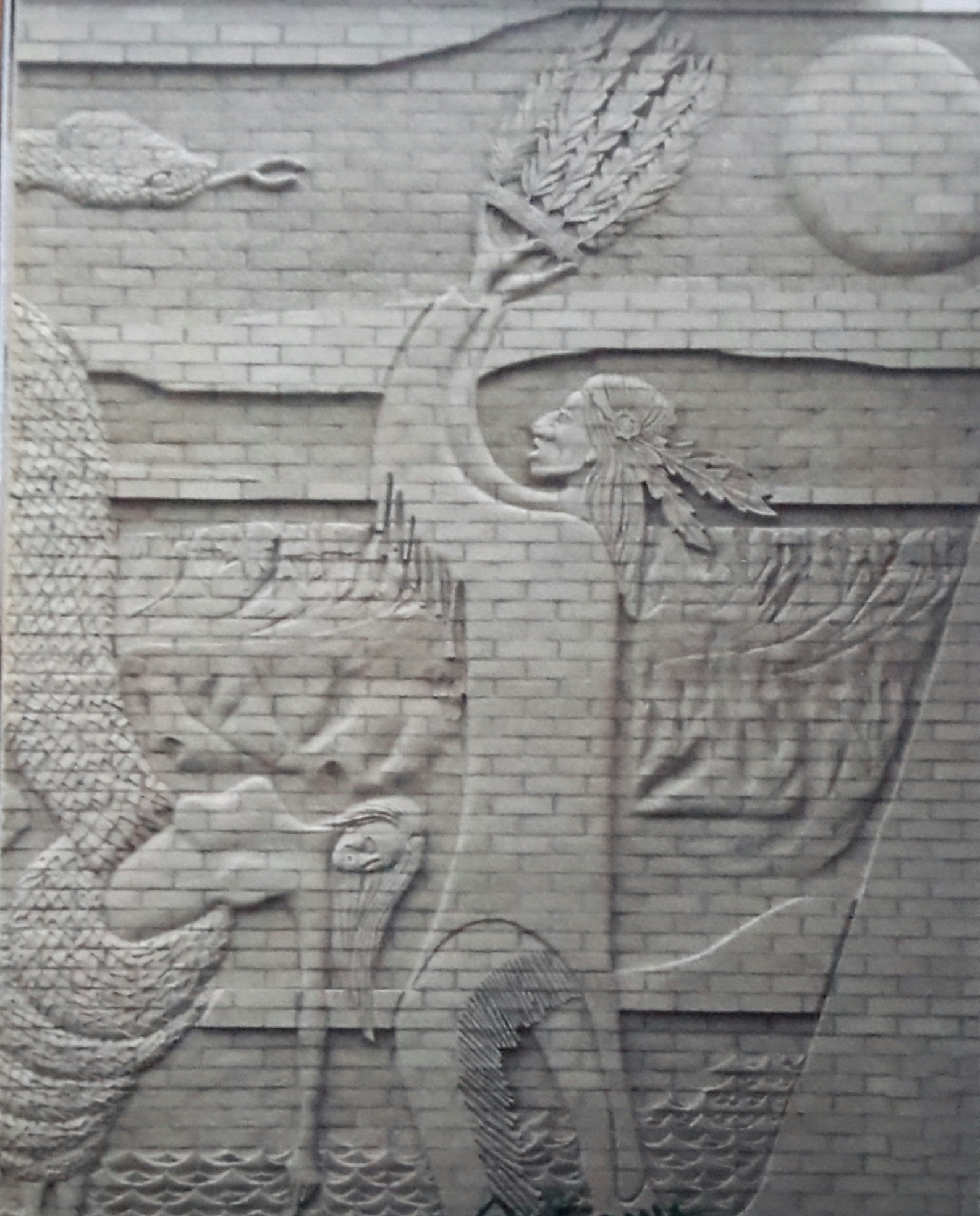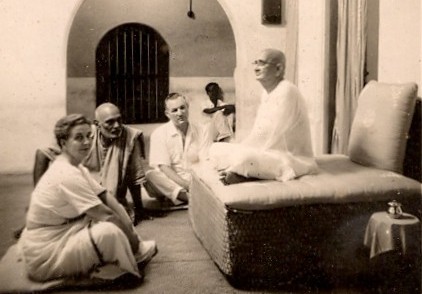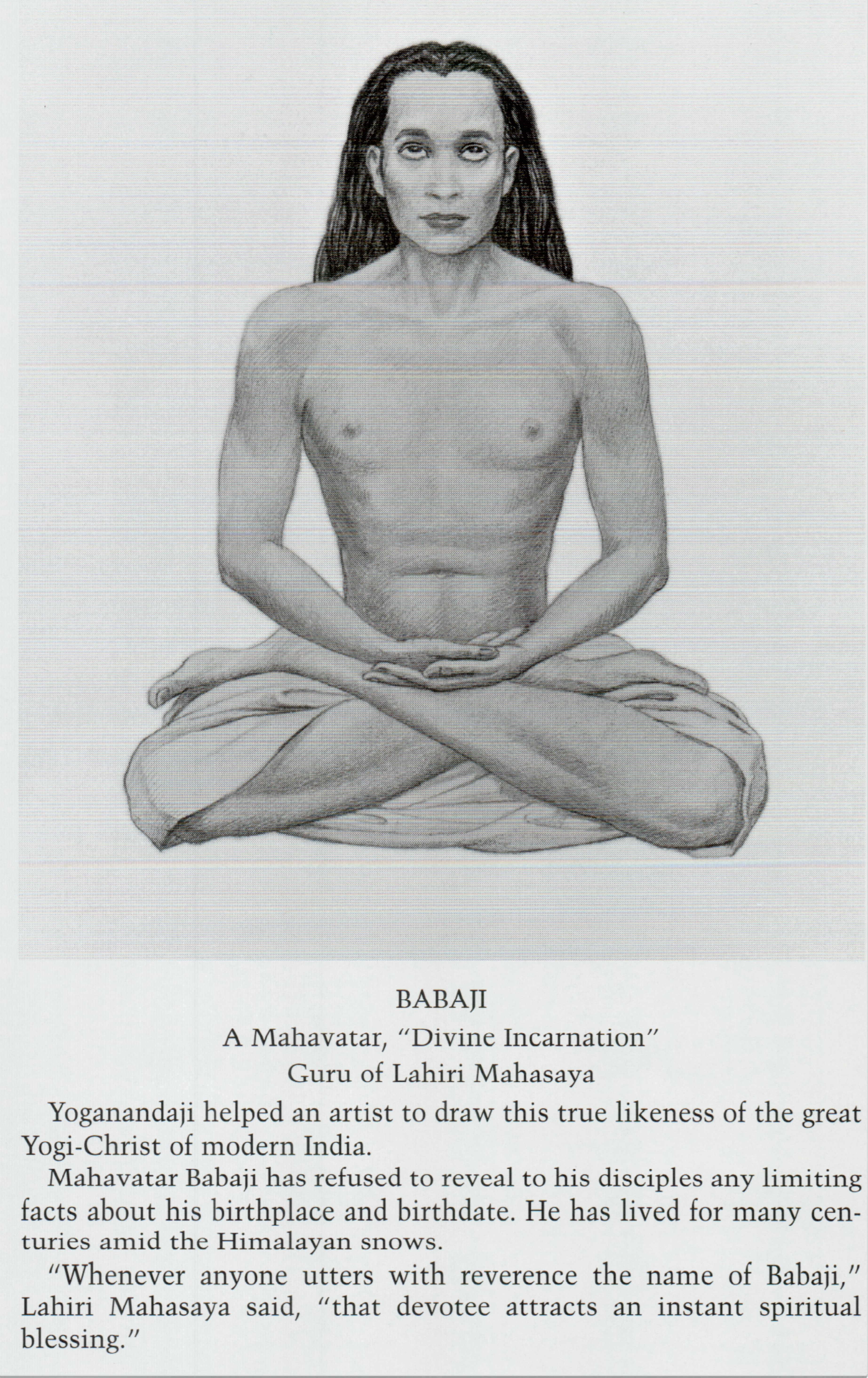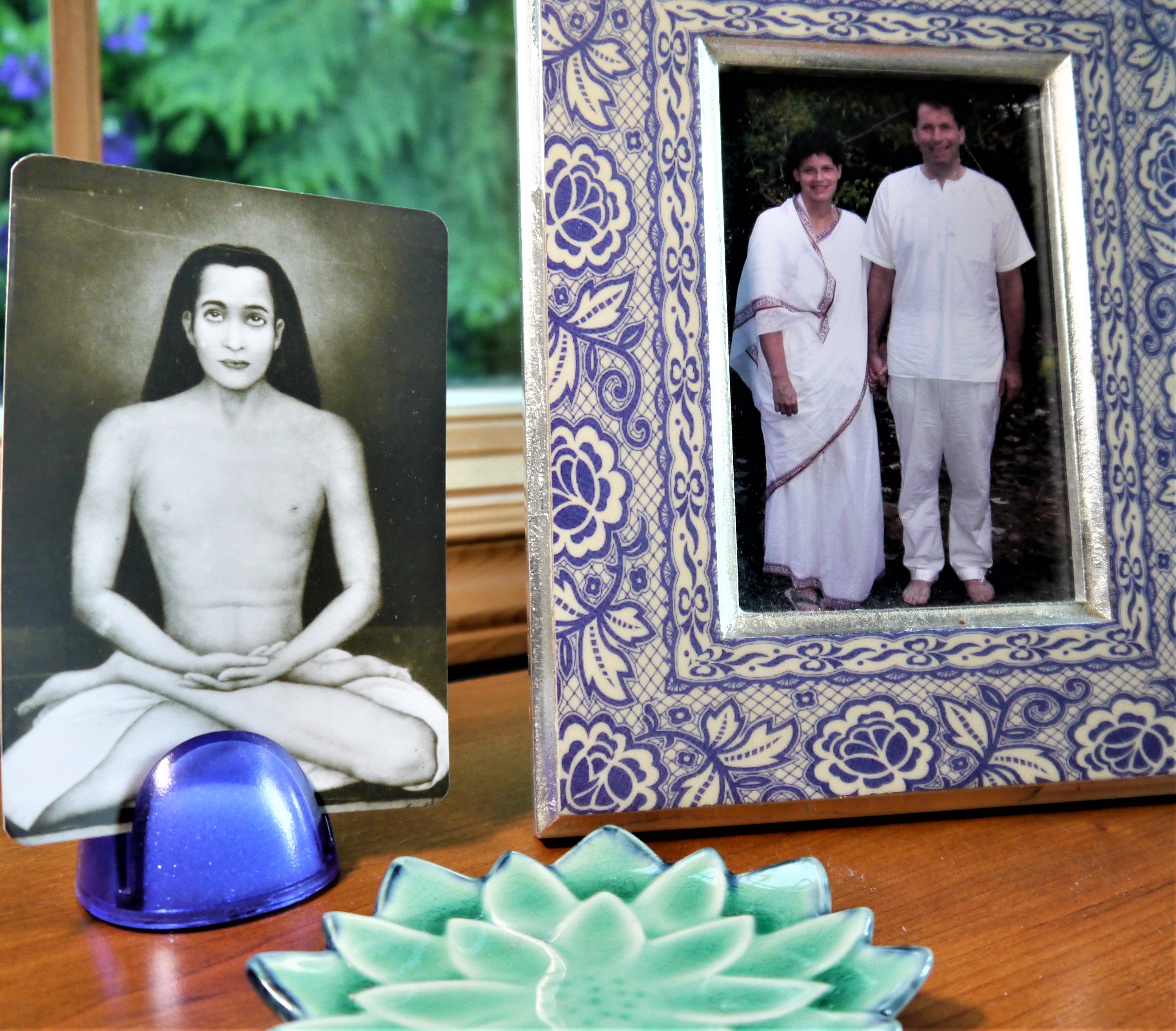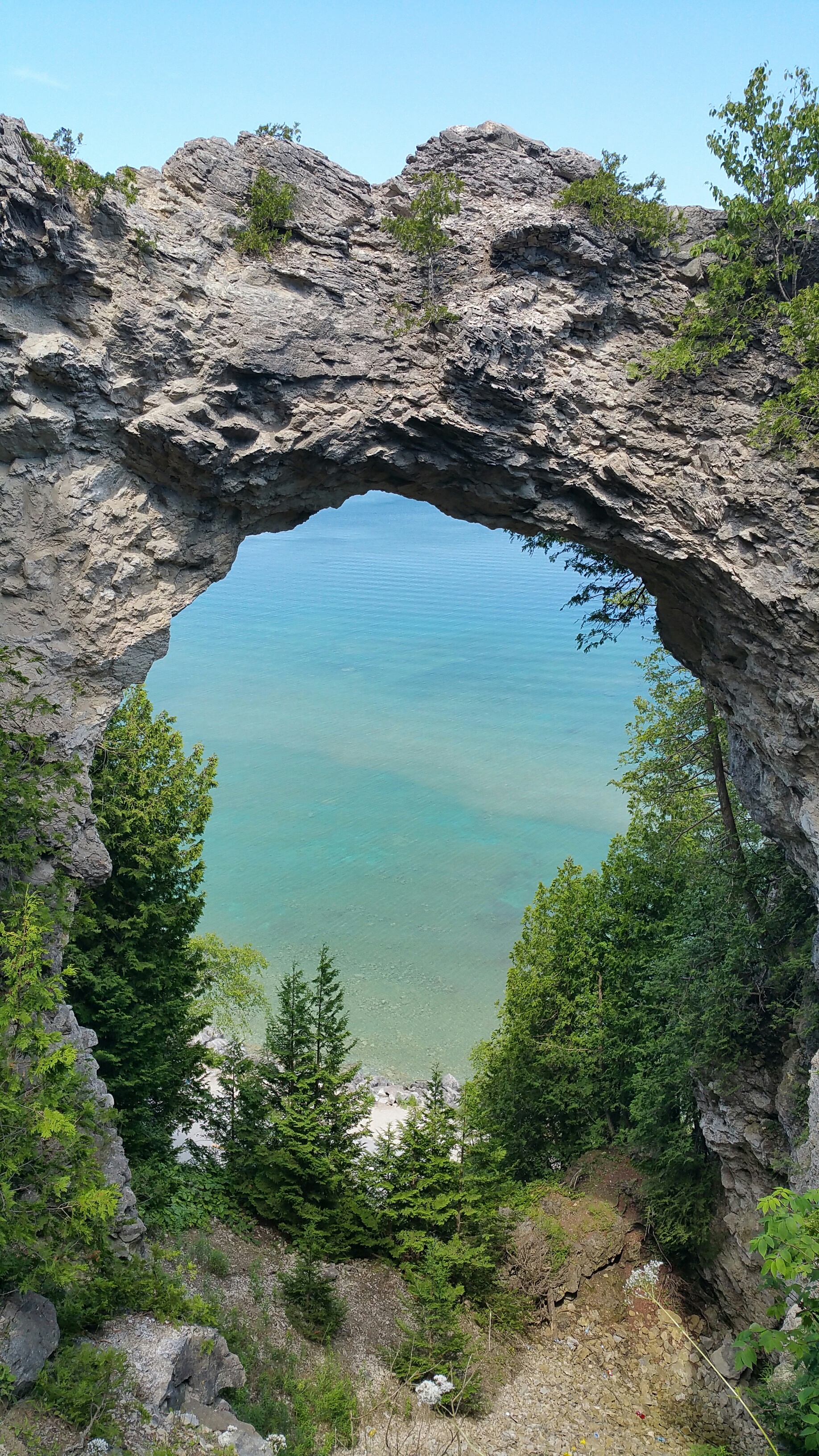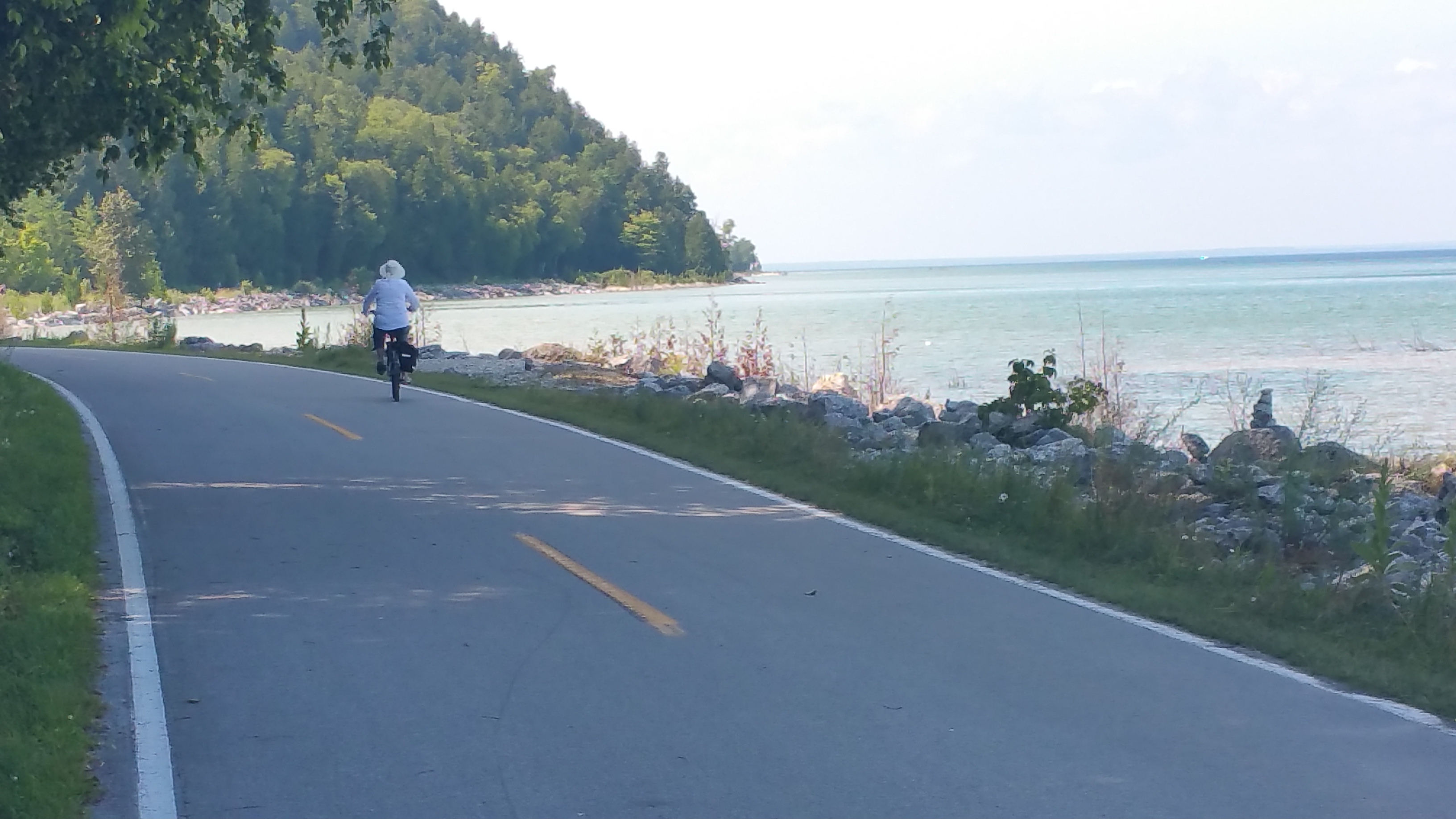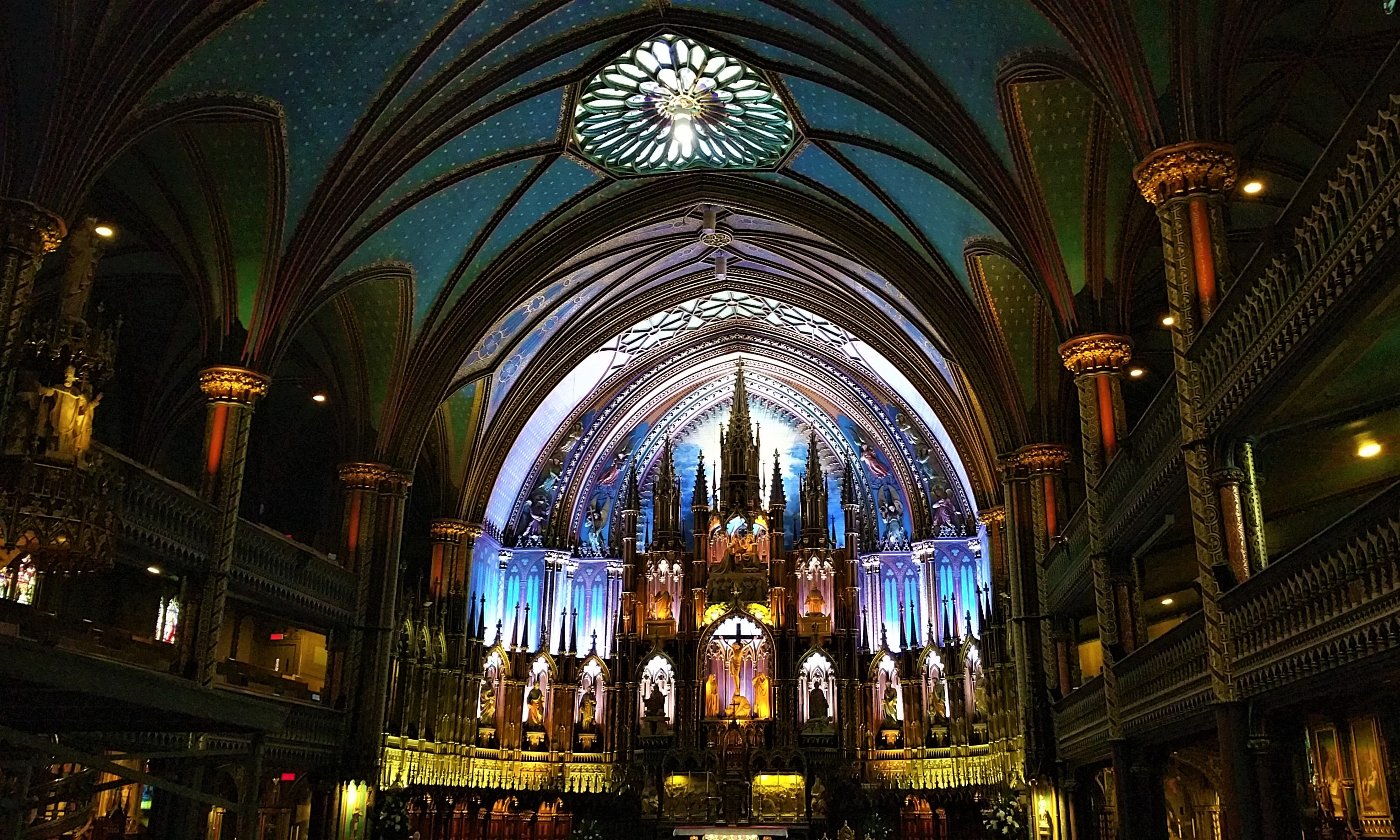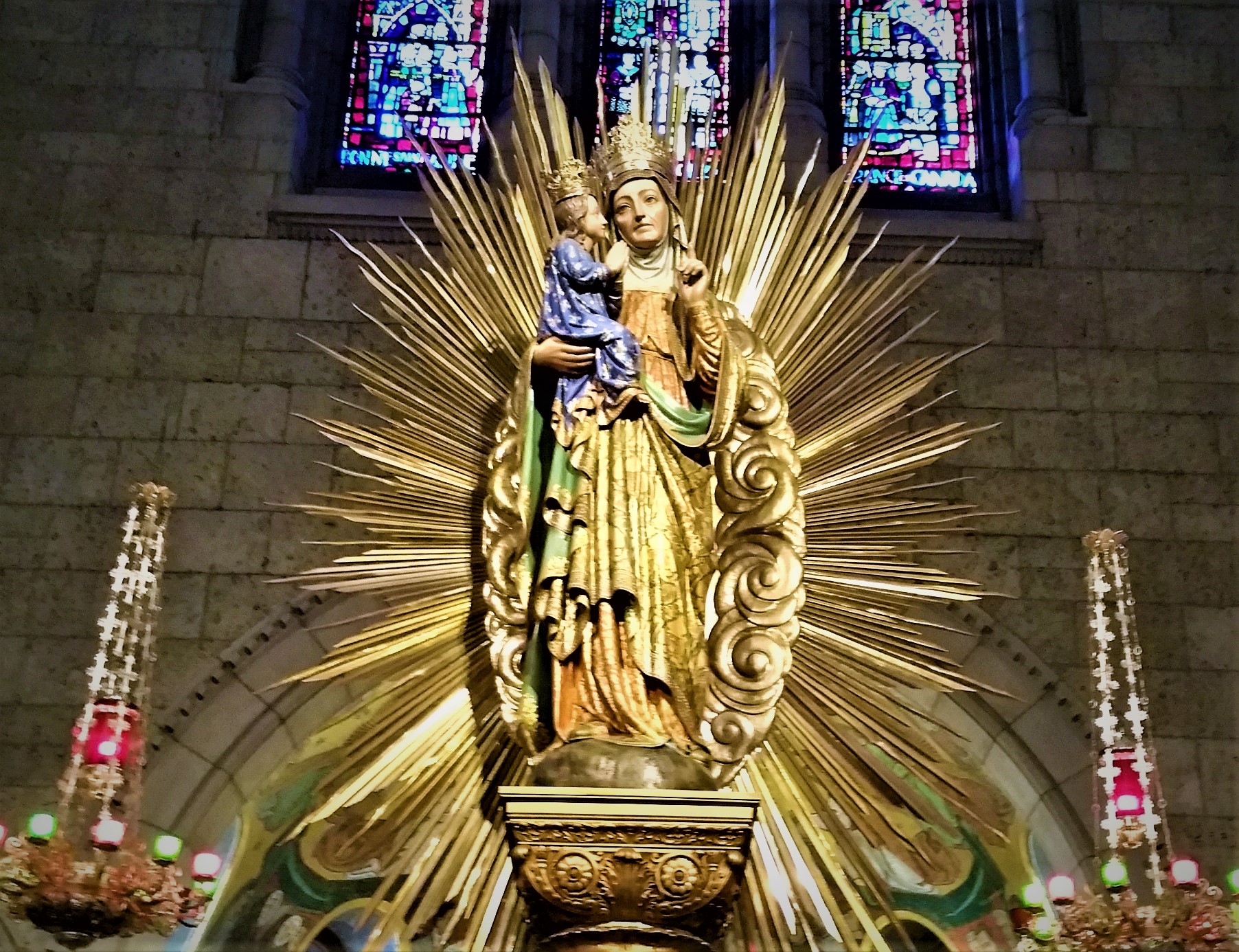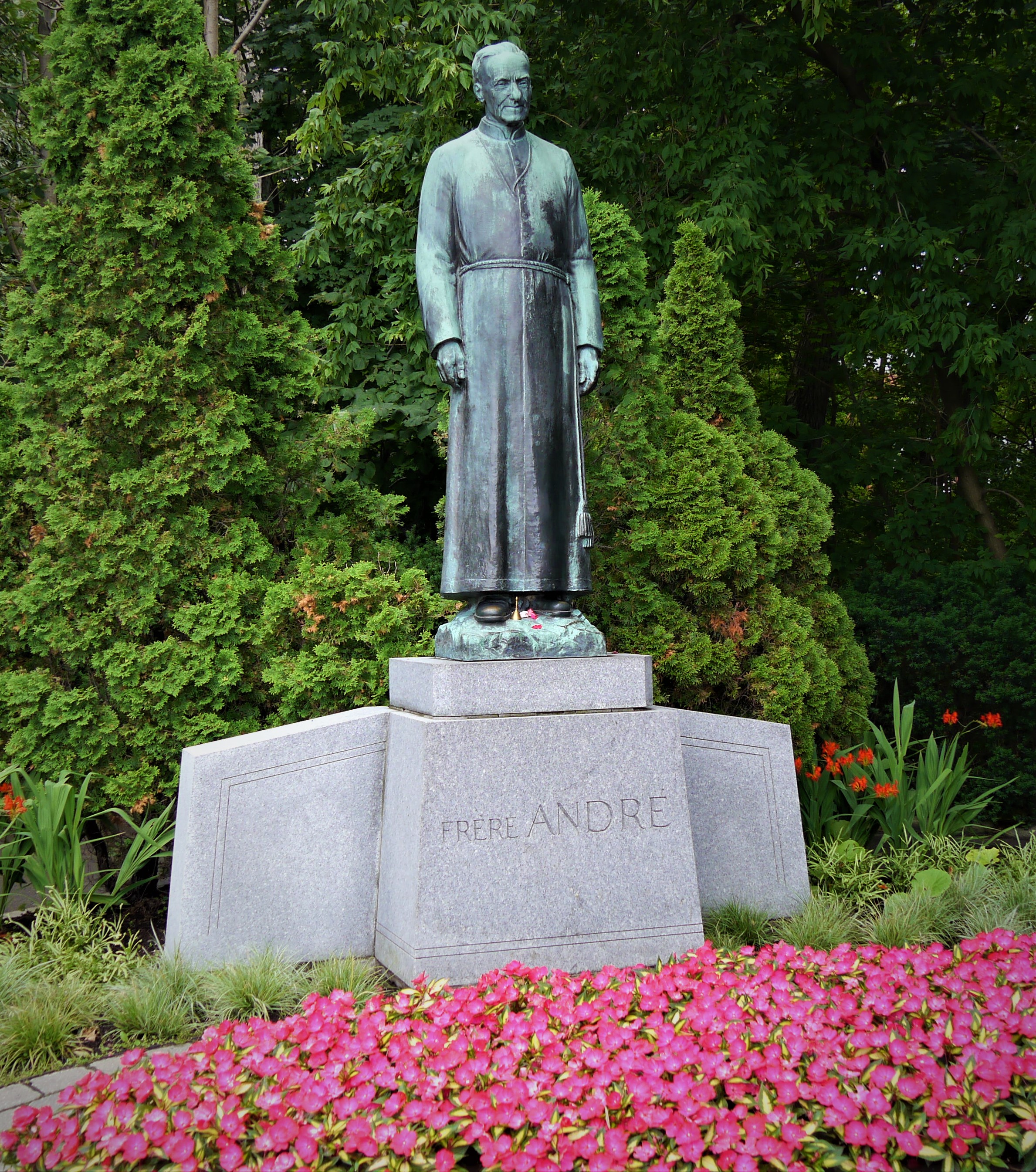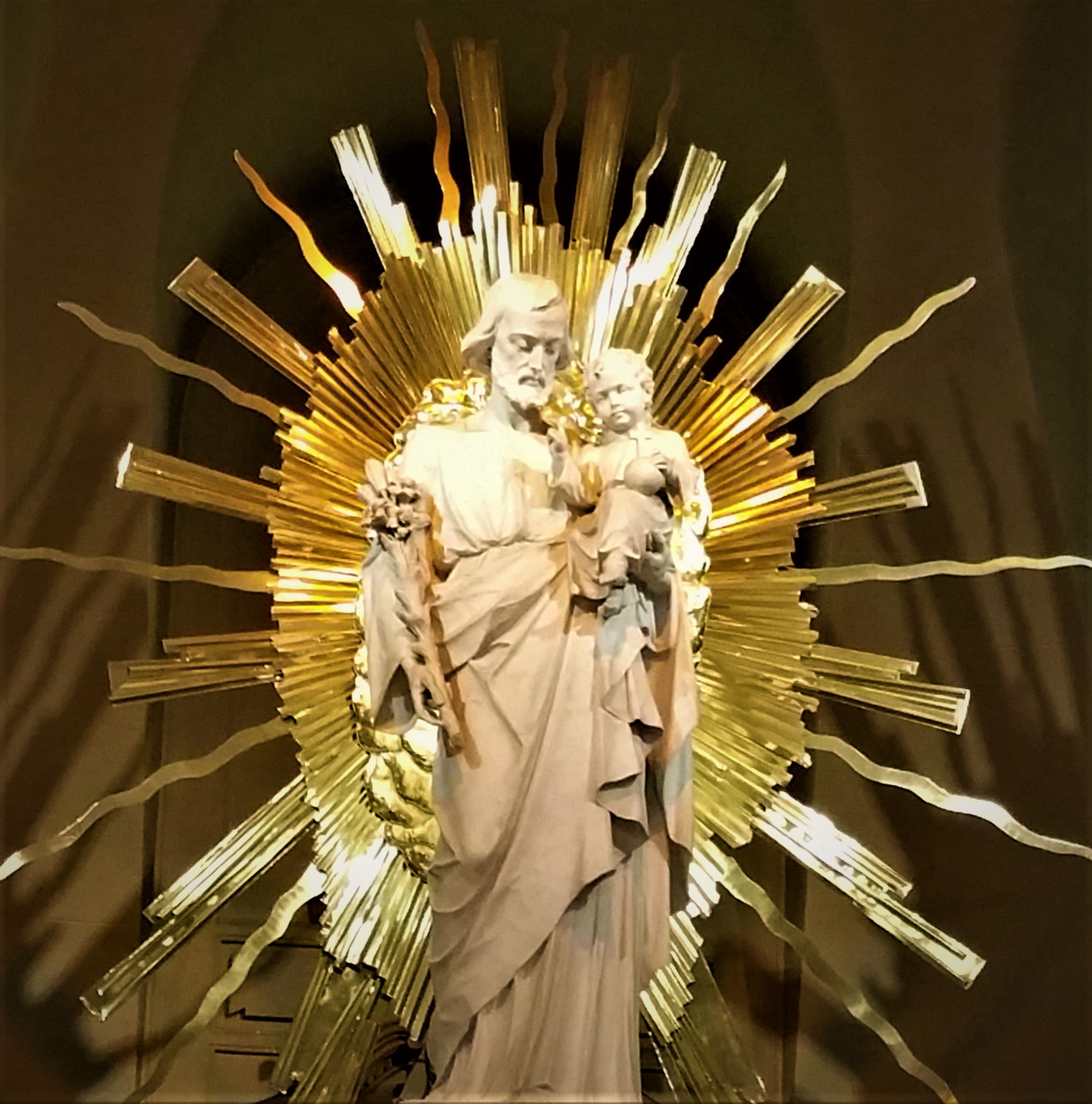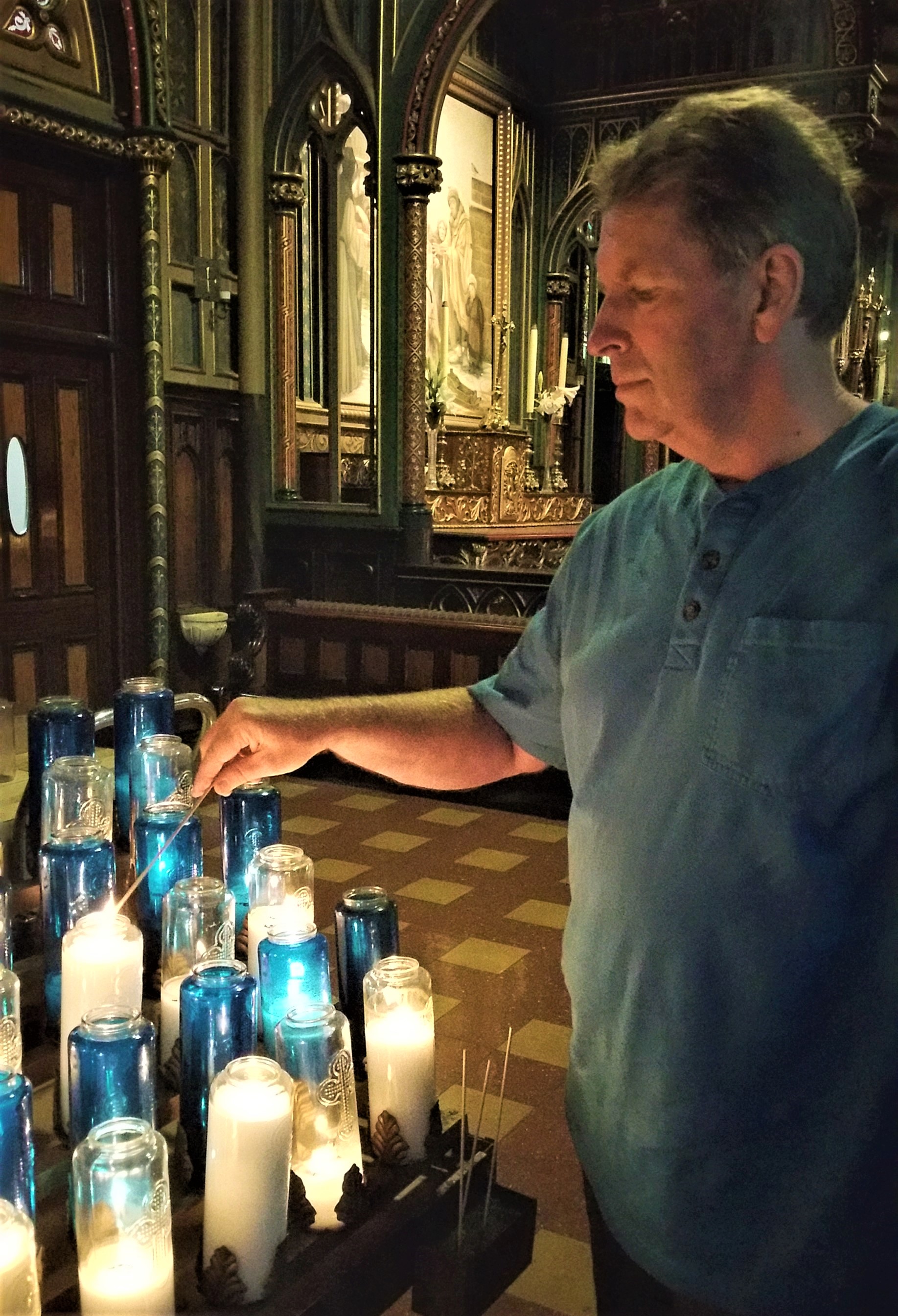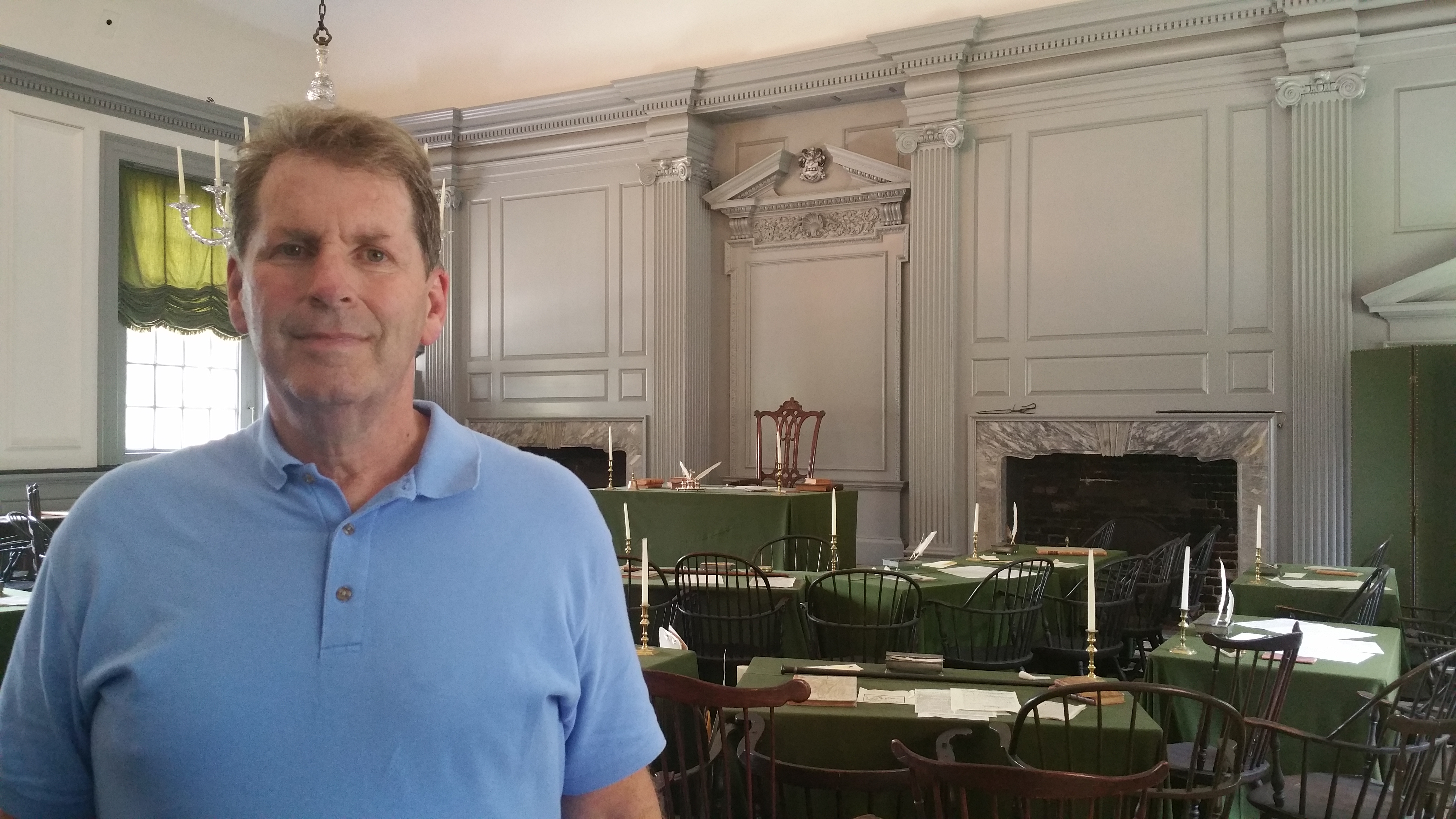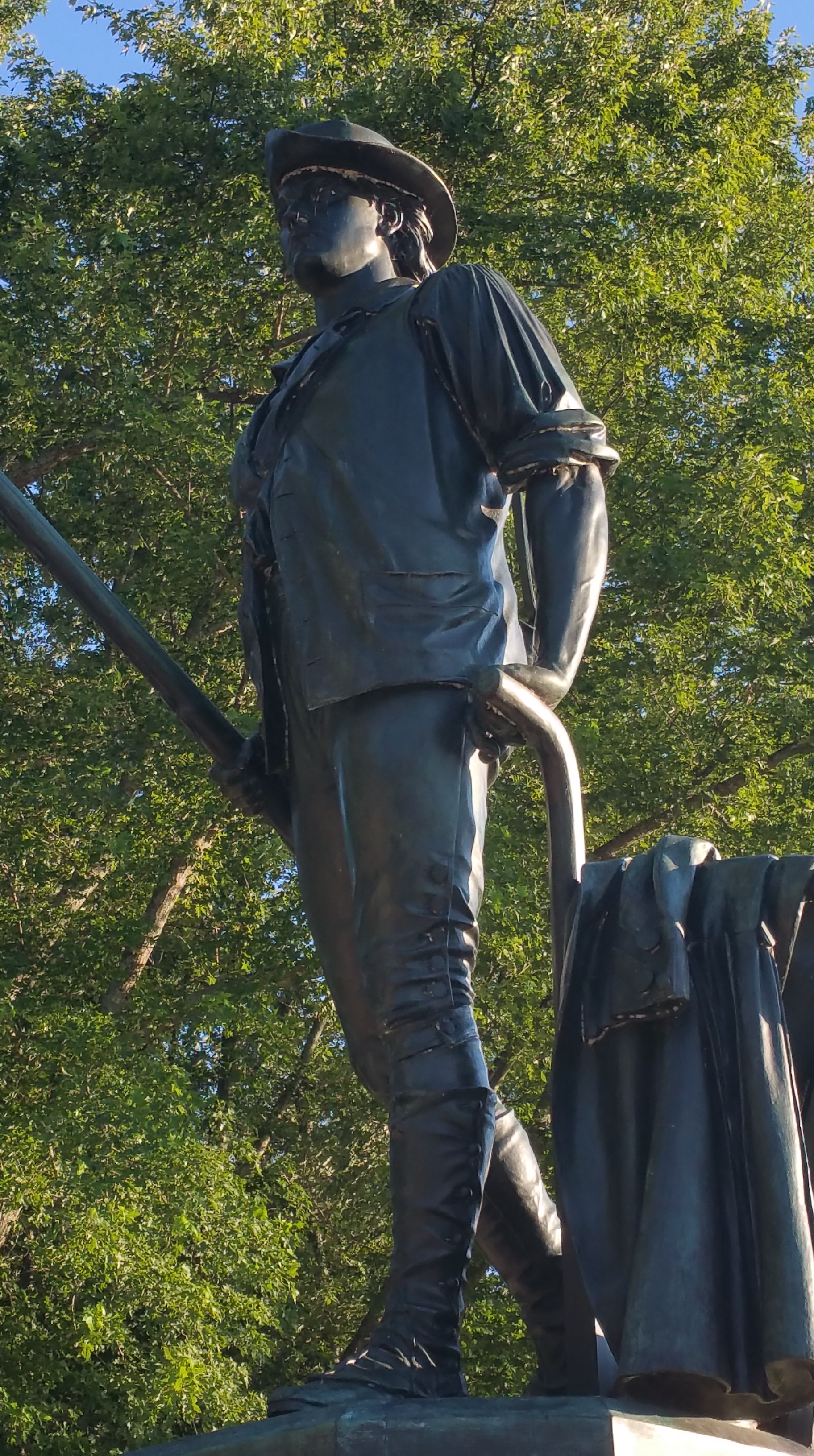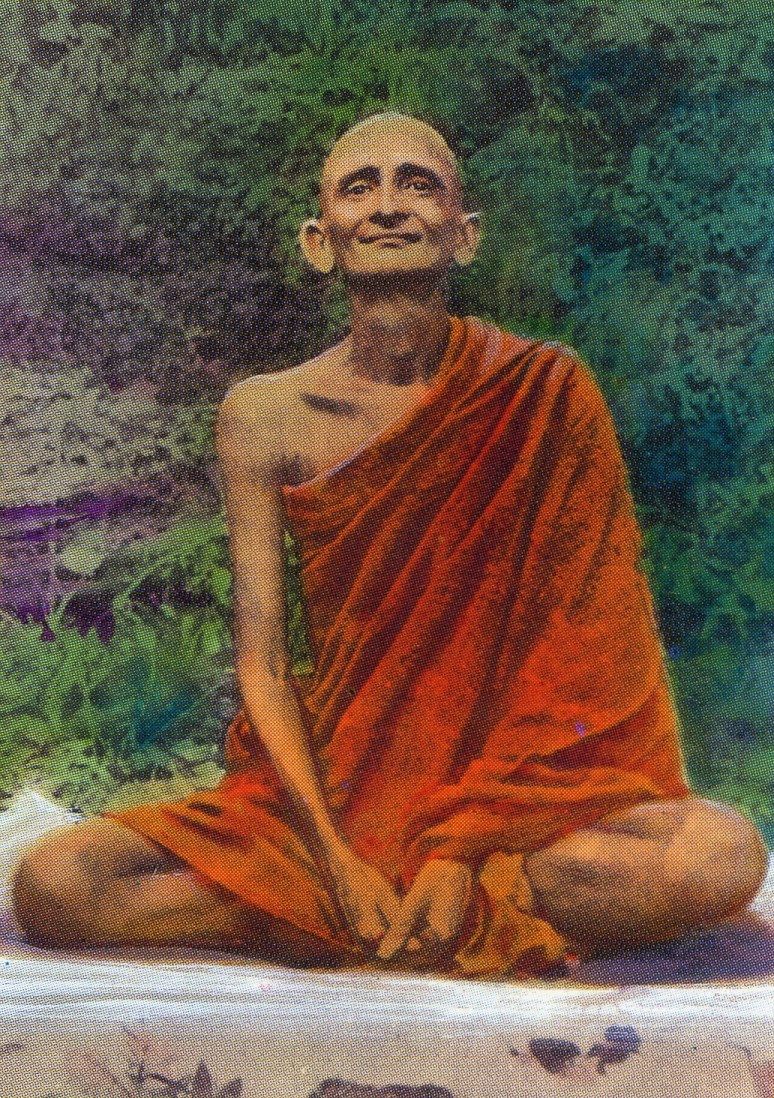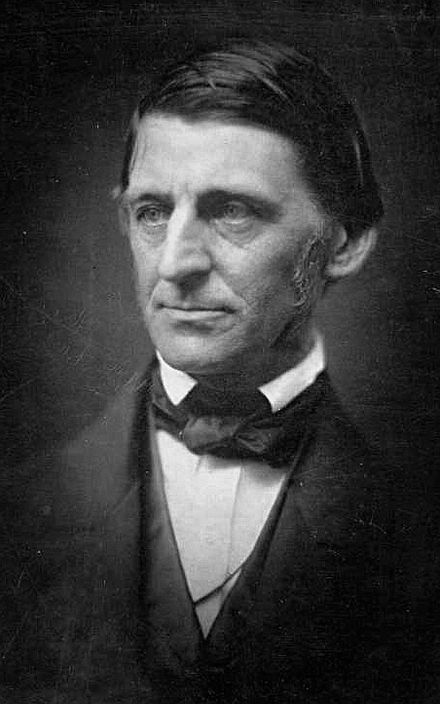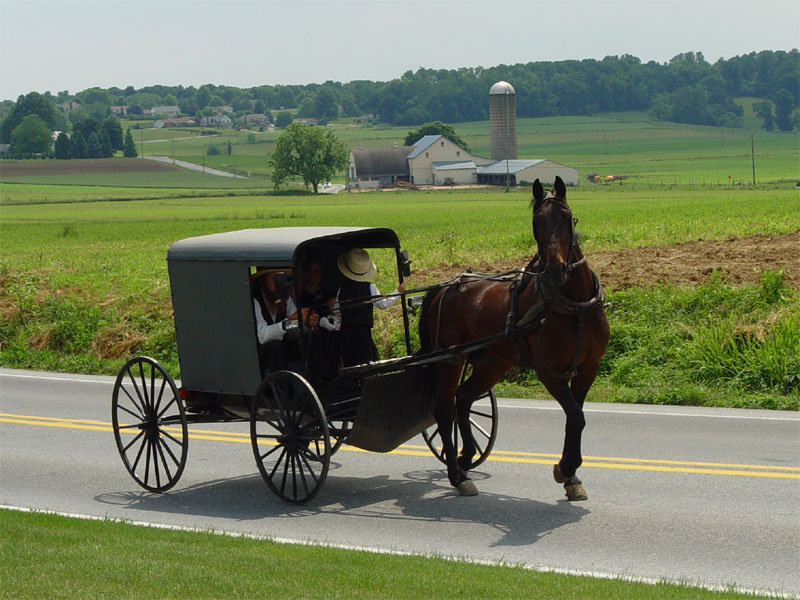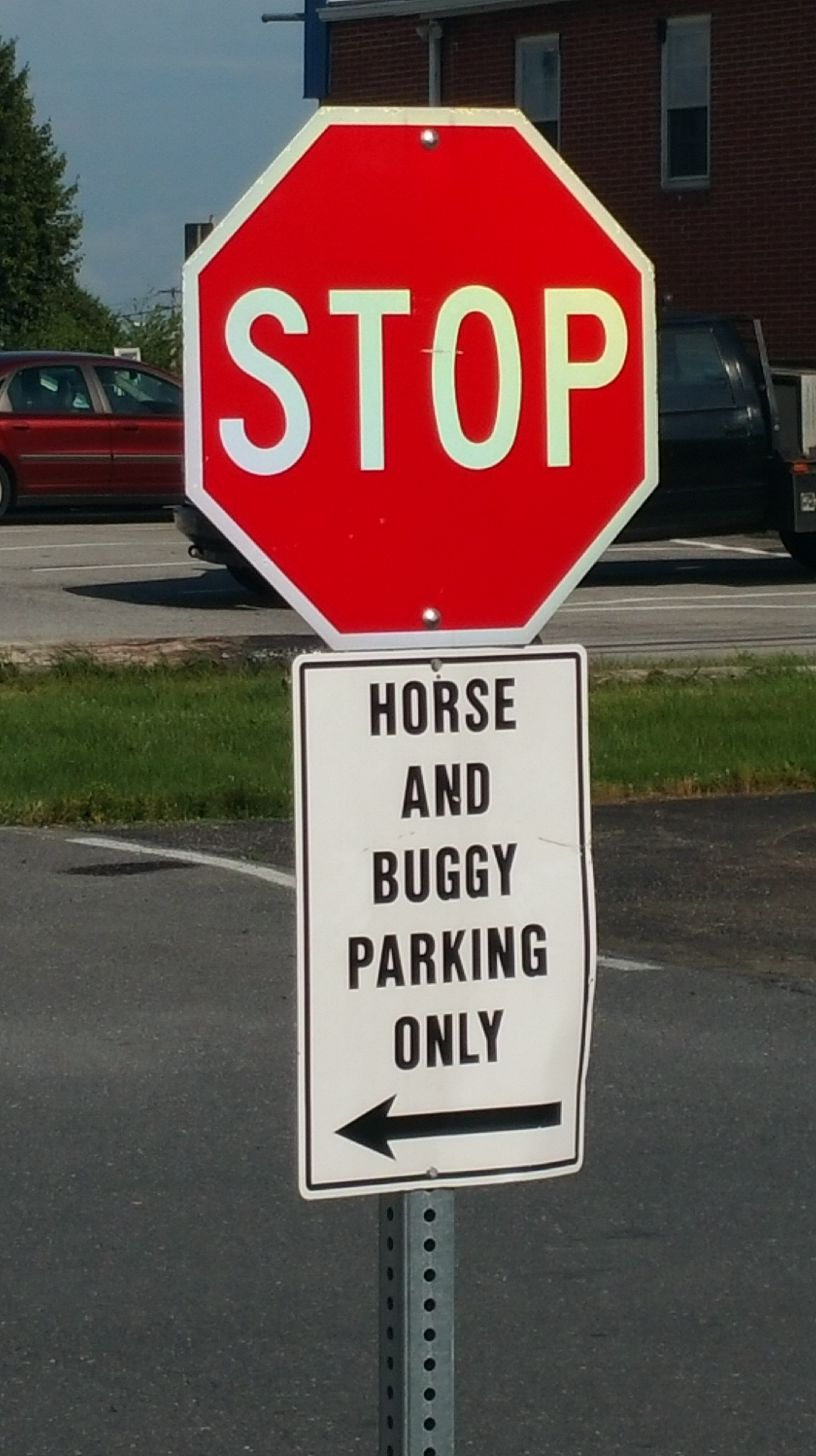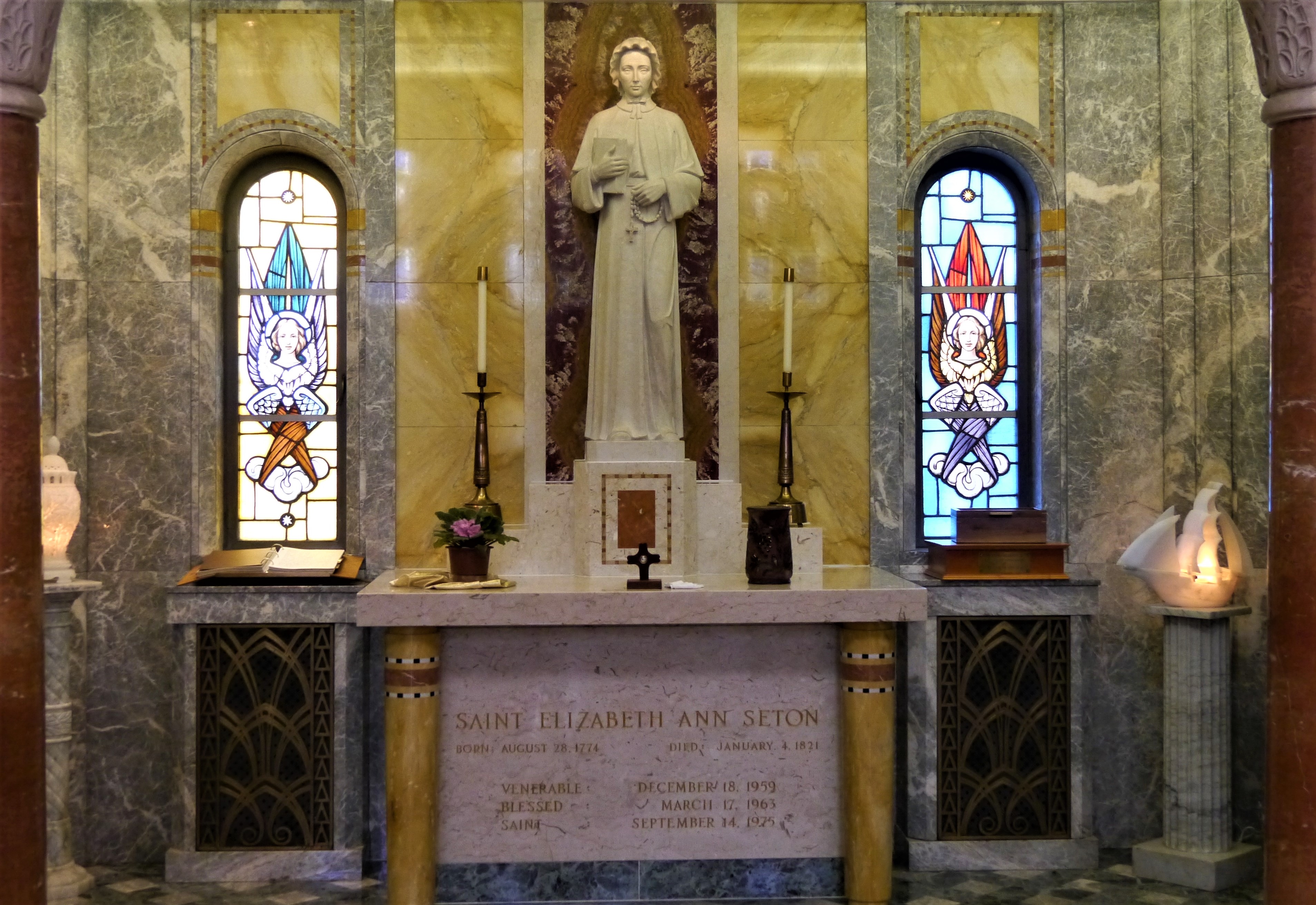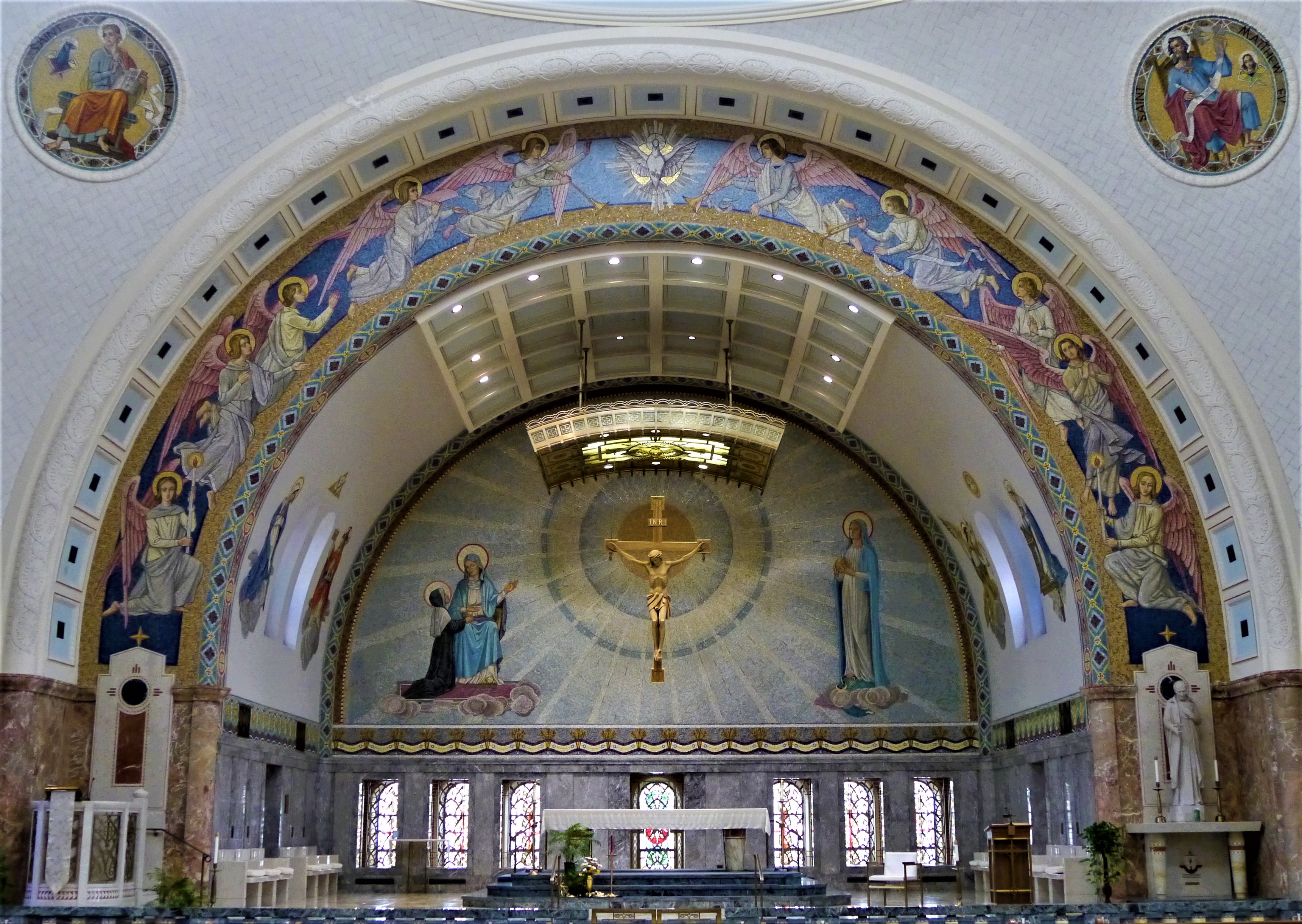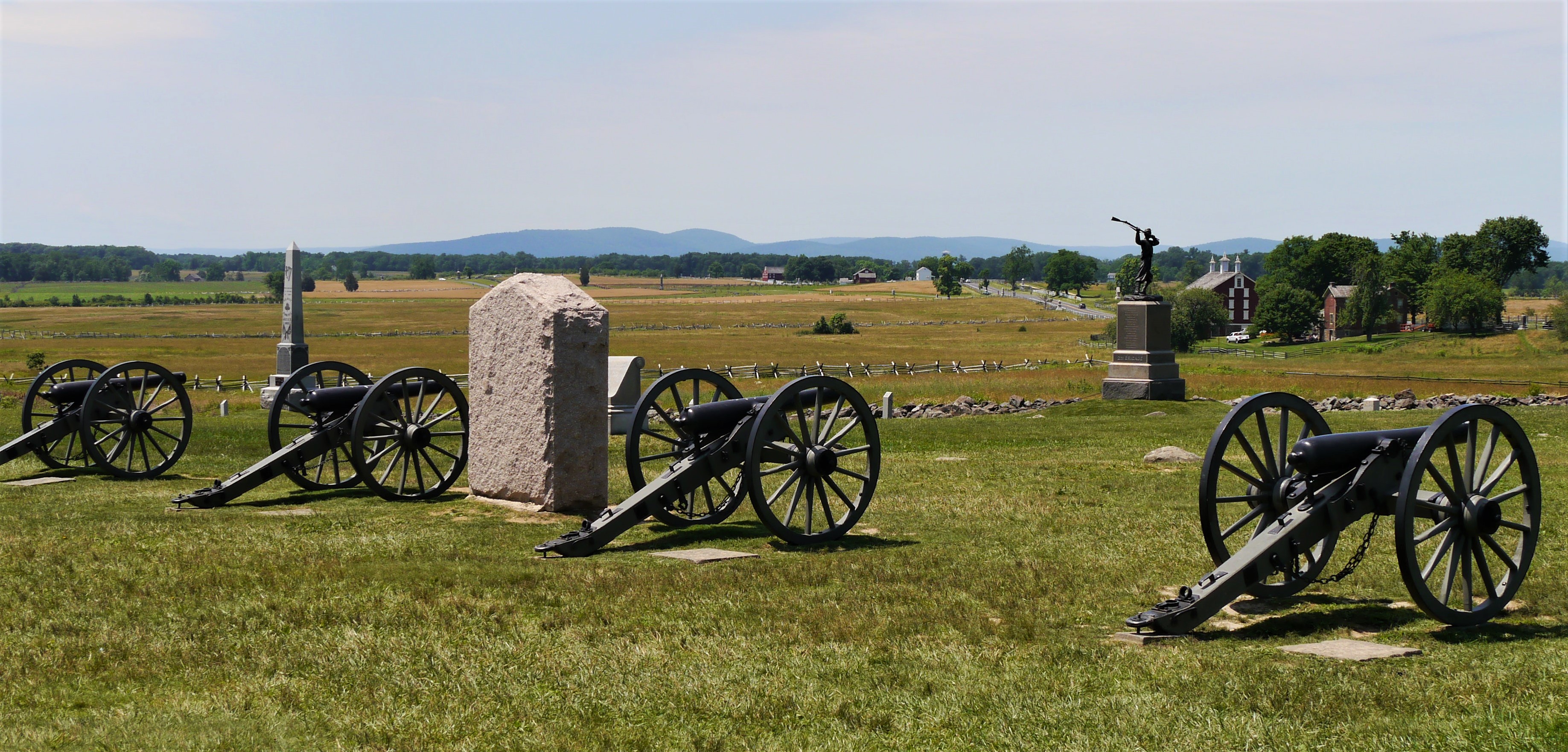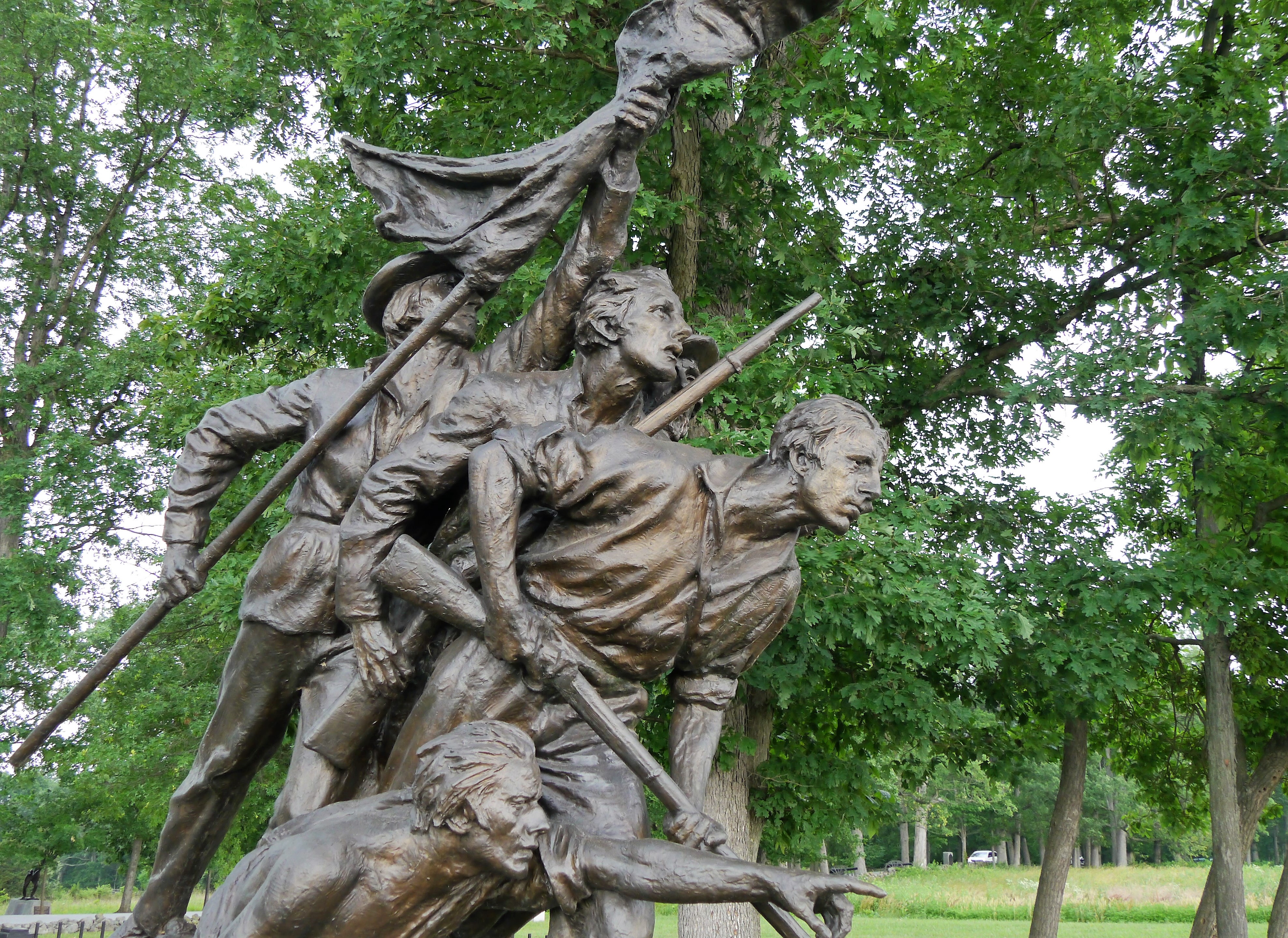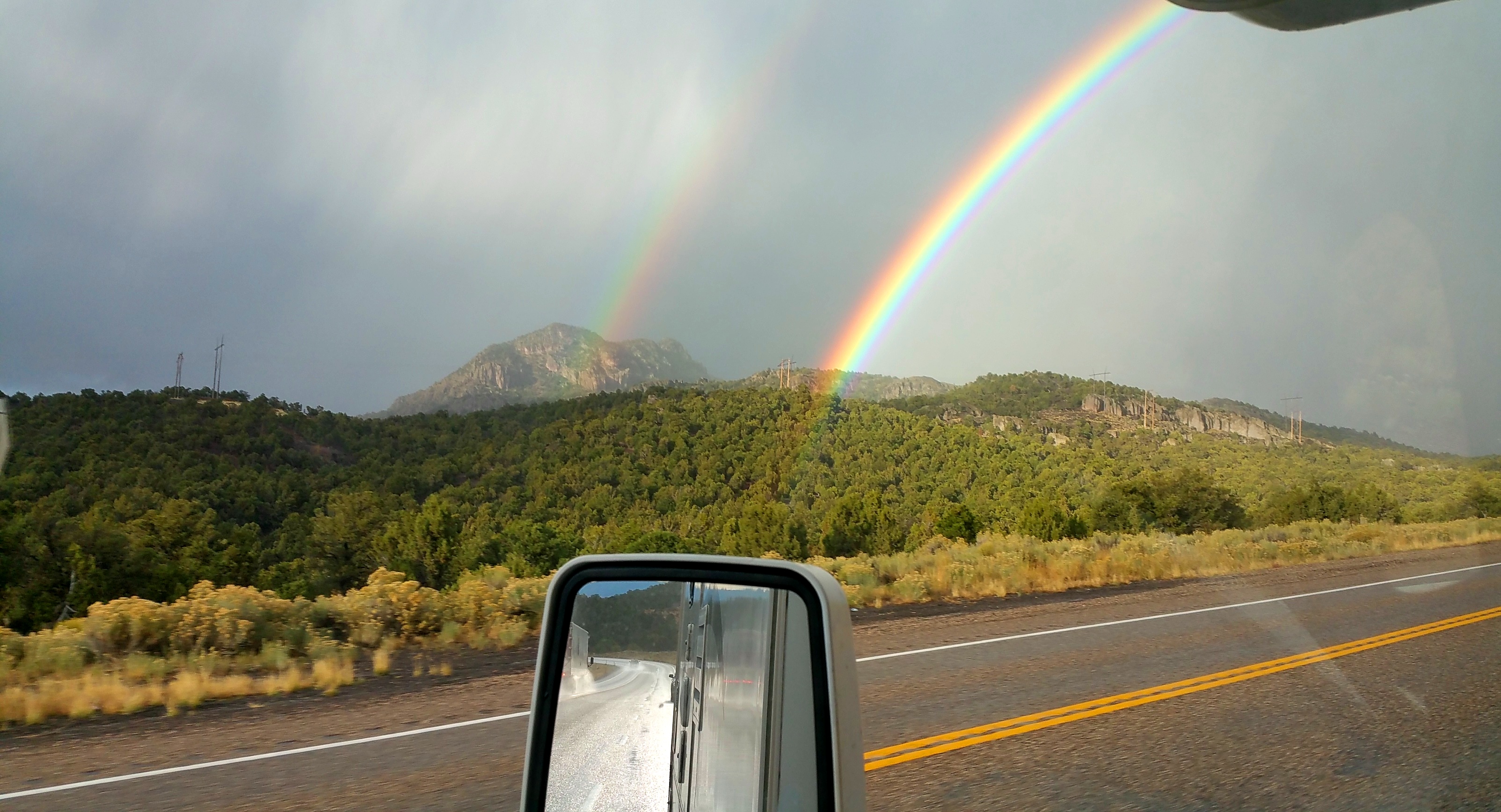
Endings and beginnings always dovetail one to another—a birth leads to an end, and a closure opens a new door. When we began this North American Pilgrimage we had a skeletal plan as to the course of our circumambulation of the continent. We were directed by God to seek out Nature’s Cathedrals, be led to places of saints and holy sites, look upon all people and situations as expressions of God, and explore the spiritual roots of the creation of this great American experiment proclaiming the rights of the individual and the audacious idea of popularly elected leaders.
A great wealth of this North American continent is her natural wonders. Pristine landscapes hold special meaning for each one: for the sightseer it is the rugged beauty of magnificent outdoors, for an artist it is a canvas of inspiration, for the mystic it is a profound feeling-vibration of a place and unveiled depths of realization—these being unrivaled by any other experience. We have journeyed from Utah’s Bryce and Zion Canyons, Nevada’s Valley of Fire to Glacier, Black Hills, Yellowstone, Grand Tetons, Redwoods, Joshua Tree, Palm Canyon, Borrego Springs Desert, New Mexico’s Gila Cliff Dwellings, Florida’s Suwanee River, Georgia’s Skidaway Island and Tallulah Falls, South Carolina’s James Island, North Carolina’s and north on the Blue Ridge Parkway, Greenbelt National Park in D.C., Maine’s Acadia National Park, Pemaquid Point Lighthouse and Bass Harbor, Michigan’s Mackinac Island, and Alberta’s Banff and Lake Louise. Though this reads on this page as a simple list, each of these places holds an experience for us—highlights in the body of God—genuine spiritual upliftment was felt at these wonderful Natural Cathedrals.
Besides these Natural Cathedrals we were privileged to have the darshan of man’s cathedrals and places of worship: Idaho’s Old Mission, Utah’s Mormon Tabernacle, Master’s retreat in Encinitas, Tucson’s Native Pow Wow and Mission San Xavier del Bac, San Antonio’s St. Joseph Church, Savannah’s St. John the Divine Cathedral and the Congregation Mickve Israel Synagogue, Daufuskie Island First Union African Baptist Church, The National Cathedral, Quebec City’s St. Anne’s Basilica, Montreal’s St. Mary’s and Brother (Saint) Andre’s St. Joseph Oratory. We found the vibration of God in these and many other places of worship powerful and uplifting.
For inspiration on spiritual roots of the making of a nation we had the opportunity of taking in the sites of Mt. Rushmore, the Little Big Horn, Huston Space Center, Forts Sumpter and Polaski, Colonial Williamsburg, Jamestown and Yorktown battlefield, Monticello and Mount Vernon, Washington D.C. and the Smithsonian Museums and the Capitol Building, Lincoln Memorial and the Washington Monument, Pennsylvania’s Gettysburg, Massachusetts’s Concord and Connecticut’s Mystic Seaport.
I am such great gratitude for the opportunity for Carla and me to take this pilgrimage around this great continent and to take you with us in spirit and through these writings. Of course for all the places we went there are so many more that could be explored, but these are the places that God took us to, and are therefore perfect. Arriving back to Camano Island came in the natural course of our travels, but we both felt we could continue the life of nomadic pilgrims, always enjoying the starting of the engine after a stay somewhere, feeling the awakened interest, what will come in the course of our travels today? However, “To everything there is a season, and a time to every purpose under heaven.” A time for pilgrimage, its completion, and a time for home.
Upon arriving we are once again in the saddle of service, a meeting in person with all those in our “virtual office,” those helping with putting Mother’s talks and transcripts into usable form and eventual books. Jerry and Lois are hosting a welcome home Service and potluck Sunday, and Monday we will say goodbye to our dear friend Win at a graveside service, then time with Kathy and family and hot fudge sundaes on the same day as a full solar eclipse (the last one was on my birthday in 1979 when Larry and I went to Eastern Washington to get a full view and experience of it). Then there is getting caught up on correspondence, the business of life, and spending time with Mother’s words preparing them for publishing, and whatever else God has slated–as I know He will fill the days and nights not only with His Divine Presence, but seva (service) to Him in all forms.
In any transition there are many things to do, sometimes there is a grinding of gears while shifting from one mode to another. It is good to be mindful of transitions in life, both small and big. Leaving or arriving home from work is a transition, going on vacation (there are many circumstances of those going on vacation getting sick, as if they can let down, and somehow that translates into the immune system letting down as well), there are those larger life transitions, sickness and death that cause even greater ripples and sometimes tsunamis in life. Through it all: to breathe, to be mindful, and to stay connected with God so that we are ever anchored to our true Self, not swept away in the many changes that life is constantly offering us. If we were very mindful, we will notice that even the tide of breath from in to out, and out to in is a transition. May you ever move into life’s new situations with a calm, knowing oneness with your Heavenly Father, Divine Mother ever with you, guiding you, and giving you inner assurance that no matter the changes, all is well, all is well.
Picture: Glacier National Park
